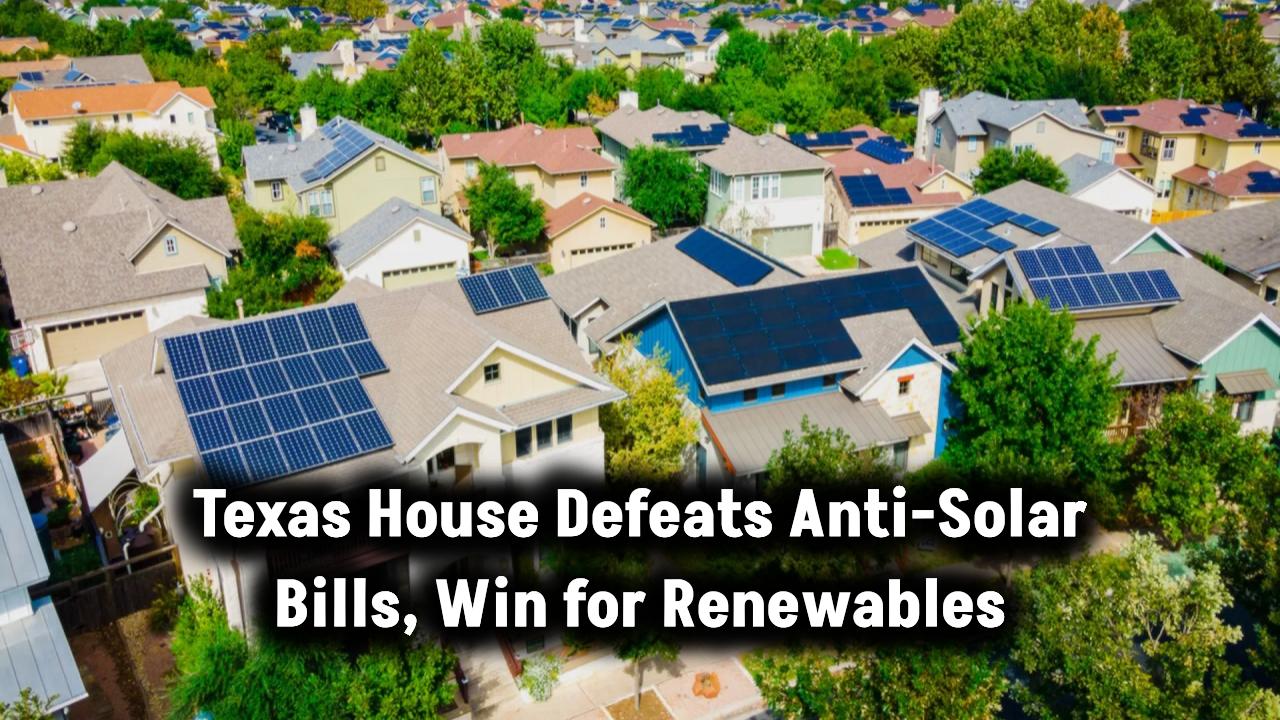
Solar energy has often been hailed as the clean, green solution to the world’s energy problems. But is the story of solar energy really that simple? In this article, we’ll uncover The Shocking Truth About Solar Energy – Are We Really Benefiting? We’ll explain everything in a clear, friendly way so even a 10-year-old can understand, while still offering the deep insights that professionals expect. We’ll dive into the pros, cons, practical advice, real-world examples, and provide accurate data to help you make an informed decision about solar power.
Why Solar Energy is Such a Big Deal
The sun sends more energy to Earth in one hour than the entire world uses in a year. That’s a lot of power! Solar energy taps into this limitless resource, converting sunlight into electricity using panels and other technology. It’s renewable, clean, and widely available. But like anything, solar energy isn’t perfect — and understanding its true impact requires looking at the full picture.
Also Check: Rockefeller Capital Pulls Back from Sunrun – What Does It Mean for Investors?
The Bright Side
1. Unlimited and Renewable
Solar power comes from the sun, and the sun isn’t going anywhere anytime soon. According to NASA, the sun has enough fuel to keep shining for another 5 billion years!
2. Lower Energy Bills
Many homeowners who install solar panels see their electric bills drop significantly. According to EnergySage, the average savings over 20 years can be between $10,000 and $30,000. Plus, some even make money by selling excess power back to the grid!
3. Low Maintenance
Solar panels are surprisingly easy to take care of. They usually come with 20-25 year warranties and only need cleaning a few times a year.
4. Better for the Environment
Switching to solar can reduce your household’s carbon footprint by about 80% per year compared to using fossil fuels.
5. Energy Independence
Solar energy can make individuals and communities less reliant on large utility companies, providing resilience against price spikes and grid failures.
The Darker Side
1. High Initial Costs
Buying and installing solar panels can cost between $15,000 and $25,000 before any incentives. However, many government programs offer rebates and tax credits to offset these costs.
2. Weather and Location Dependence
Solar panels work best in sunny places. If you live somewhere with lots of cloudy or rainy days, your system’s efficiency can drop by 10-25%.
3. Space Requirements
You need enough roof or land space to install the number of panels needed to meet your energy needs. On average, one residential solar panel is about 5.5 feet by 3.5 feet.
4. Environmental Costs of Production
Manufacturing solar panels requires mining rare materials and can produce pollution. However, the overall environmental impact is still much lower than producing electricity from coal or gas.
5. Battery Storage Costs
If you want to store solar energy for nighttime use, batteries like Tesla’s Powerwall can cost between $7,000 and $14,000 installed. This can add significantly to the overall cost.
Also Check: SolarEdge Stock Gaps Up Big! Is Now the Perfect Time to Buy?
Emerging Trends in Solar Energy
1. Solar Paints and Thin-Film Panels
Innovations are underway to create solar paints and ultra-thin panels that can be applied to a variety of surfaces, making solar energy even more accessible.
2. Community Solar Projects
For those who can’t install panels on their own properties, community solar programs allow multiple people to share the benefits of a single, large solar array.
3. Agrivoltaics
Combining solar panels with agricultural farming, known as agrivoltaics, helps optimize land use by growing crops and generating energy simultaneously.
Step-by-Step Guide to Getting Started with Solar Energy
Step 1: Assess Your Energy Needs
Look at your electricity bills to understand how much energy you use.
Step 2: Evaluate Your Property
Check if your roof gets enough sunlight, or if you have space for a ground-mounted system.
Step 3: Find a Reputable Installer
Always choose certified installers. Check reviews and ask for references.
Step 4: Explore Financial Incentives
Federal and local governments offer tax credits, rebates, and even low-interest loans. The Federal Solar Investment Tax Credit (ITC) currently offers a 30% tax credit on installation costs.
Step 5: Monitor and Maintain
Use apps to track your system’s performance and schedule occasional cleanings to keep the panels efficient.
(FAQs)
Is solar energy worth it financially?
Yes! Thanks to tax credits and long-term energy savings, most homeowners break even within 6-8 years.
Do solar panels work in winter or cloudy areas?
Yes, but with slightly lower efficiency. Panels still generate electricity even on cloudy days.
What happens if I produce more energy than I use?
You can often sell the extra electricity back to the grid through programs like “net metering.”
How long do solar panels last?
Most panels last between 25 and 30 years and still produce electricity, just at reduced efficiency.
Also Check: Solar System Secrets: Install Your Fronius Inverter Like a Pro and Maximize Output!








